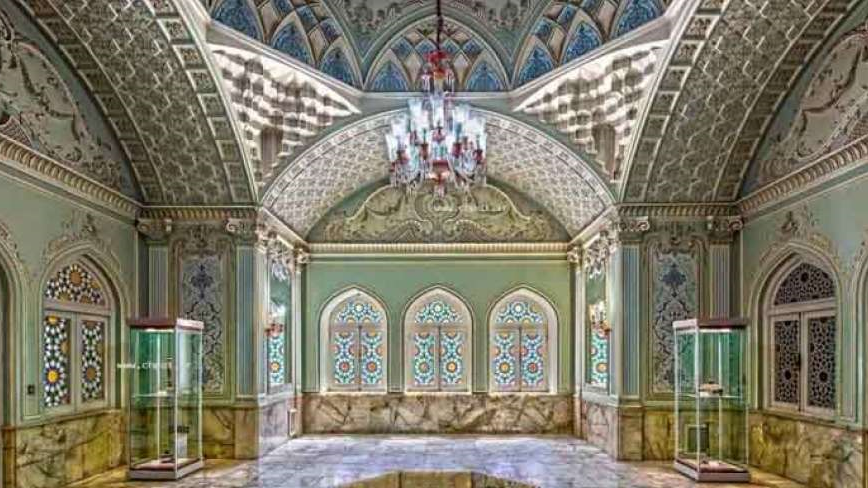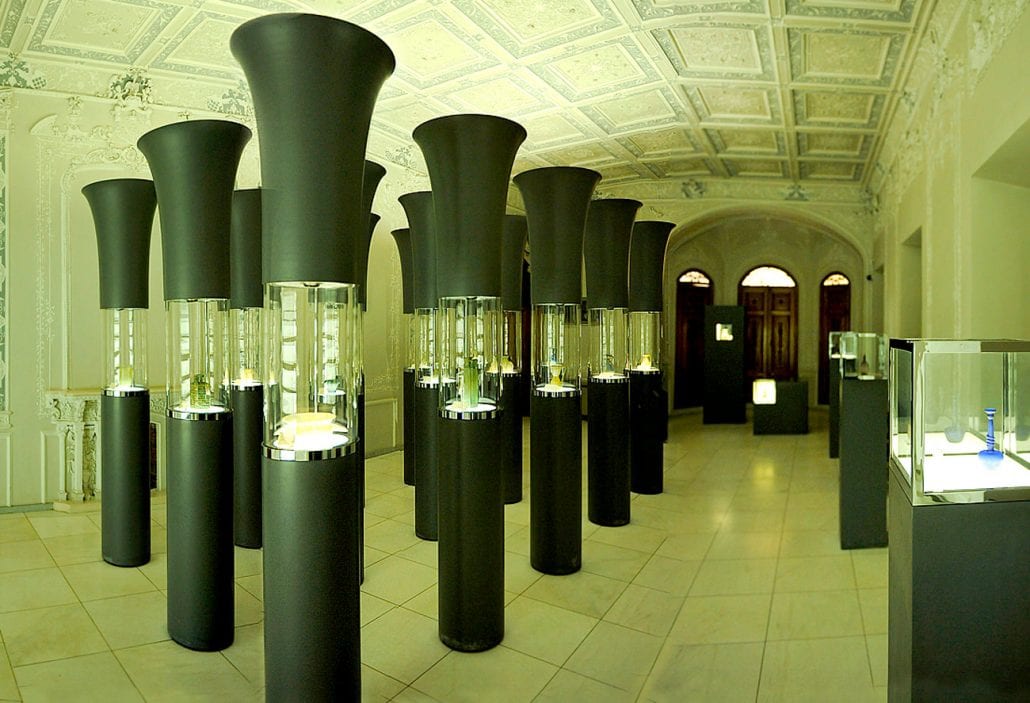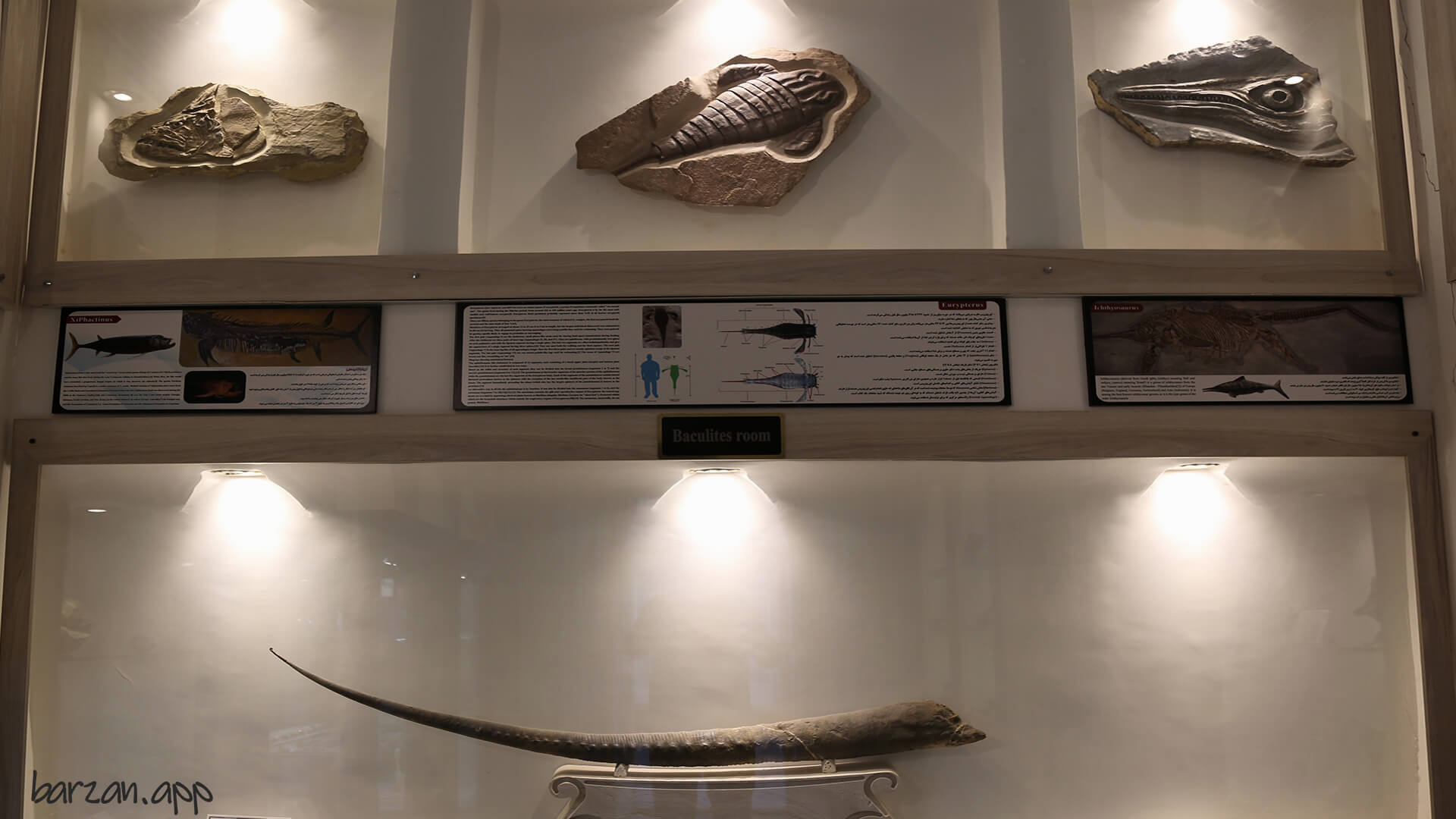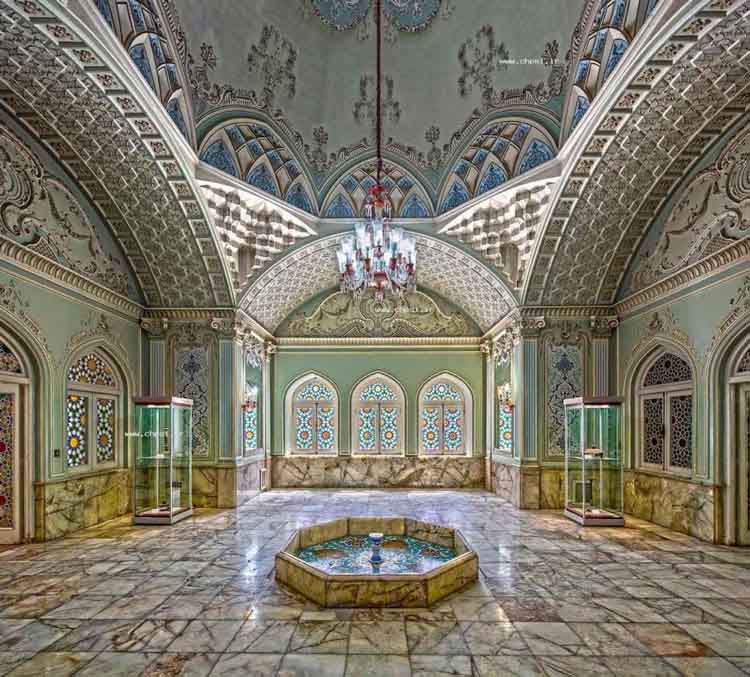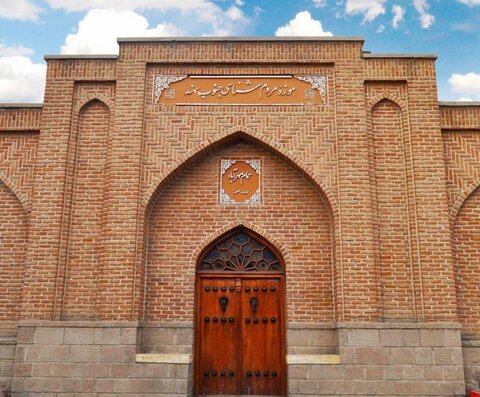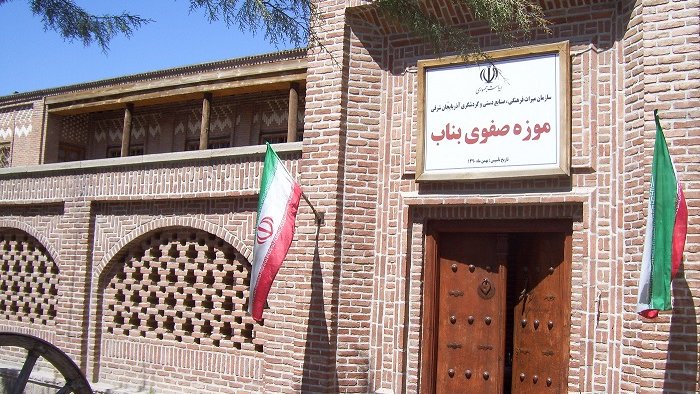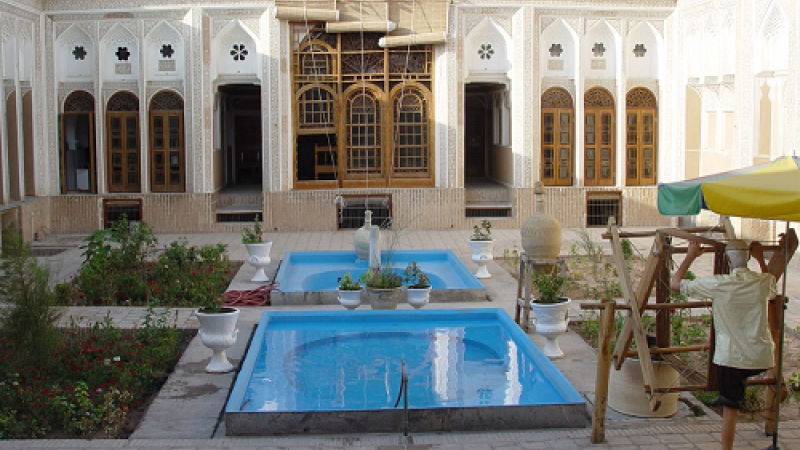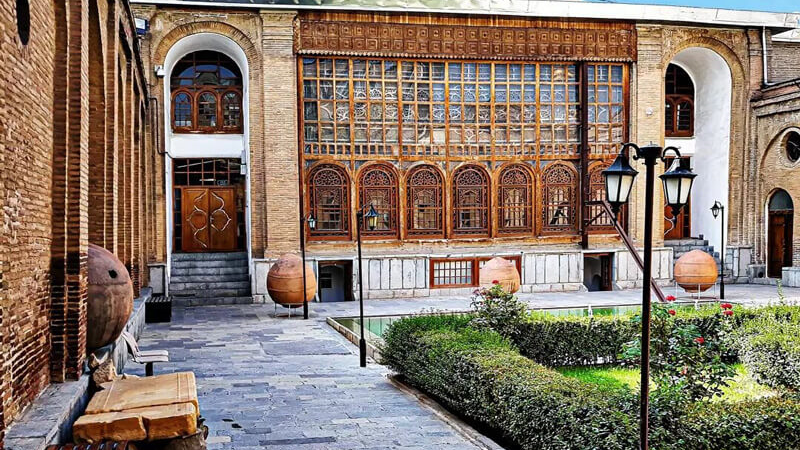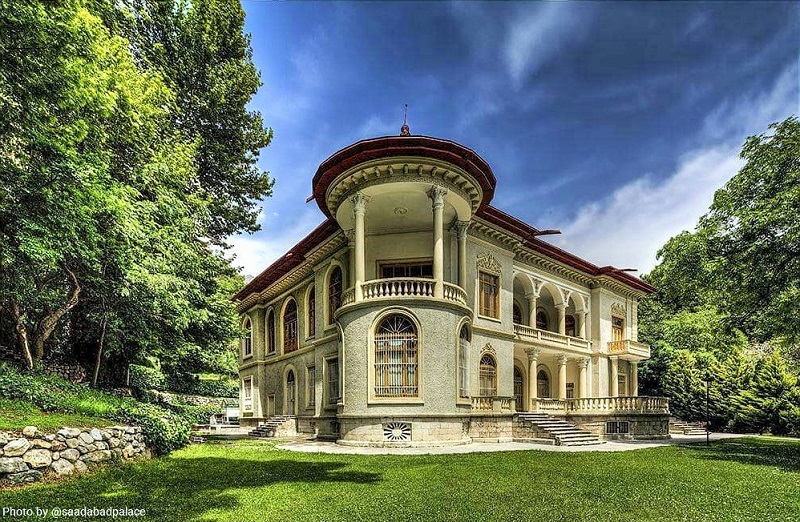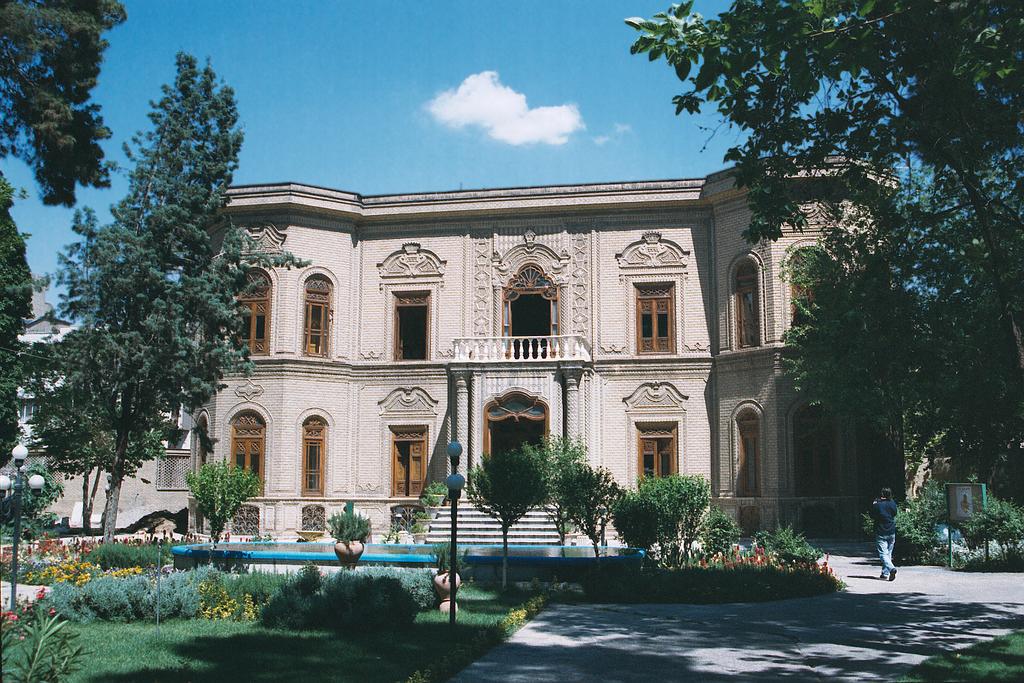
Azarbaijan Museum; A Journey from Prehistory to The Contemporary World
Azarbaijan Museum, located in the city of Tabriz (East Azarbaijan Province), is the second most important archaeological museum in Iran - after the National Museum of Iran - and was established on October 3, 1962. It presents historical and artistic works belonging to both the pre-Islamic and Islamic eras.
History of Azarbaijan Museum
Many Iranian museums have been established in historical houses and buildings that had other uses earlier. However, the building in which the Azarbaijan Museum is located was built with the purpose of creating a museum with an appropriate design and architecture.
The plan for this museum was prepared by Andre Godard, a famous French archaeologist (1881-1965) who lived in Iran for almost a quarter of a century and was the head of the fine arts campus of the University of Tehran for some time. During his stay in Iran, Godard designed the plan of many buildings, each of which is considered a part of tourist attraction places in today’s Iran.
The idea of making this museum was proposed at the same time as holding an exhibition in Tabriz’s Tarbiyat Library hall in 1928. Due to the fact that some old coins discovered in the city of Tabriz were displayed in this exhibition, a number of cultural personalities of Tabriz decided to create a place dedicated to the permanent display of historical artifacts discovered in this city. The implementation of this idea took several years and finally, the construction of the museum began in 1962.
Architectural Features of Azerbaijan
The Azarbaijan Museum is a three-story building with an area of 3,000 square meters, built using architectural elements such as arches, vertical walls, repetitive arched windows, etc., depicting a traditional outlook. The entrance of the museum has a stone staircase and a large wooden door that welcomes visitors with two stone lions. Some stone sculptures are also kept in the courtyard of the museum.
In addition to the administrative and technical sections (laboratories and repositories), the building also has specialized shops and libraries, and has the following main sections:
Ground Floor
In which historical artifacts and objects related to prehistoric and pre-Islamic times such as 7,000-year-old pottery, mineral stones of Jiroft with images of various plants and animals, bronze objects, the artificial eye of the Shahr-e Soukhteh of Sistan, the 3000 years old statue of a female goddess, and rhytons related to two to three thousand years ago, and the bodies of a man and a woman related to three thousand years ago, etc.
Basement
In which the fascinating and spectacular plaster sculptures made by “Ahad Hosseini” with social themes that narrate human history and morality during the past centuries - especially the twentieth century - stone works and historical lithographs such as human figures, tombstones, inscribed stones, stone sculptures, etc. are on display.
First Floor
This floor is divided into three sections i.e., the Hall of Islamic Period, the Hall of Coin and Seals, and the Library. Historical works and objects related to the first to fourth centuries AH from the city of Neishabour, pottery related to the Ilkhanate period, a coded lock related to the 6th century AH, historical coins and seals of Iran from the Achaemenid period to the Qajar period, etc. are on display on this floor.
Objects related to the pre-Islamic period to the Islamic period are exhibited in the Azerbaijan Museum. The total number of these objects on display stands at 12 thousand pieces, of which 2300 pieces have been inscribed in the national list of Iran’s heritage.
| Name | Azarbaijan Museum; A Journey from Prehistory to The Contemporary World |
| Country | Iran |
| State | East Azerbaijan |
| City | Tabriz |
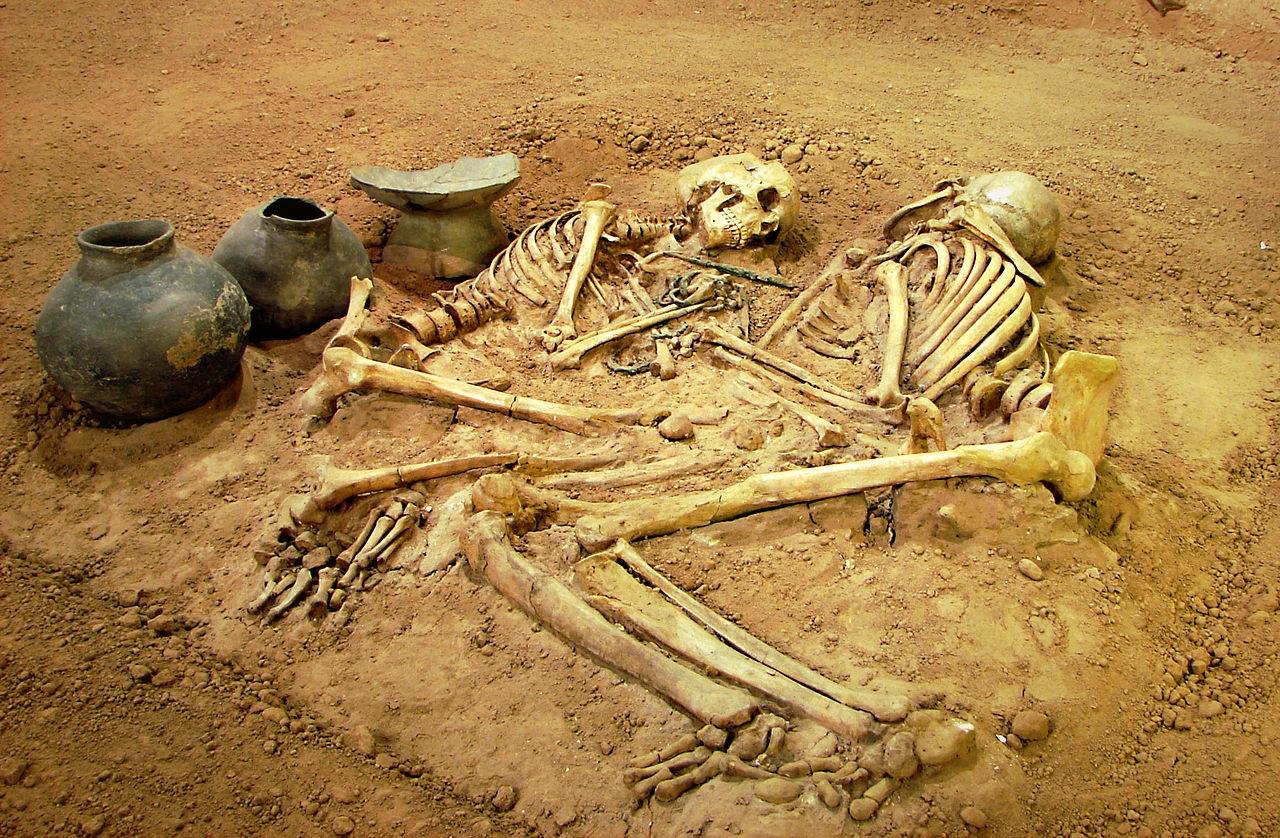
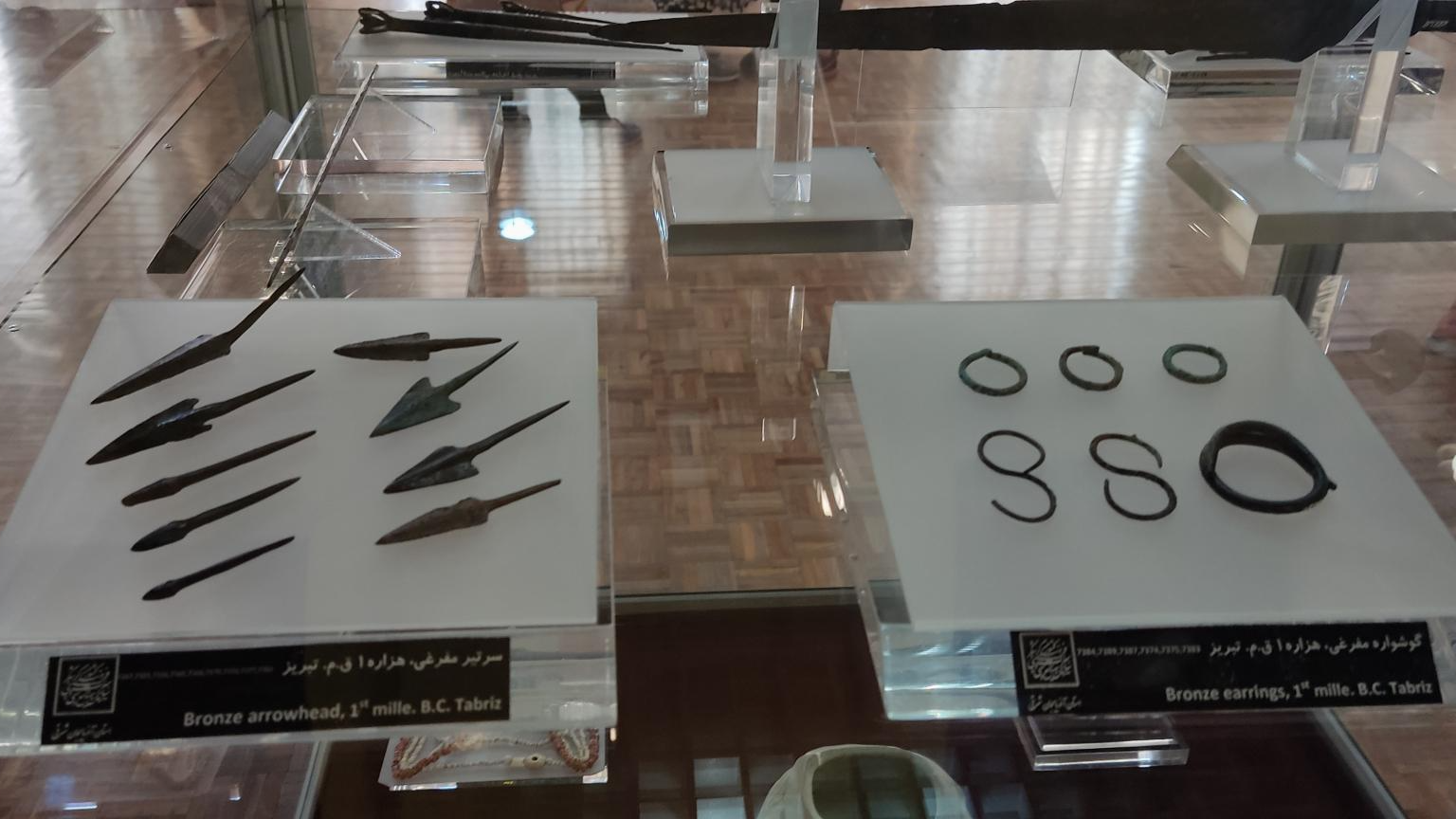
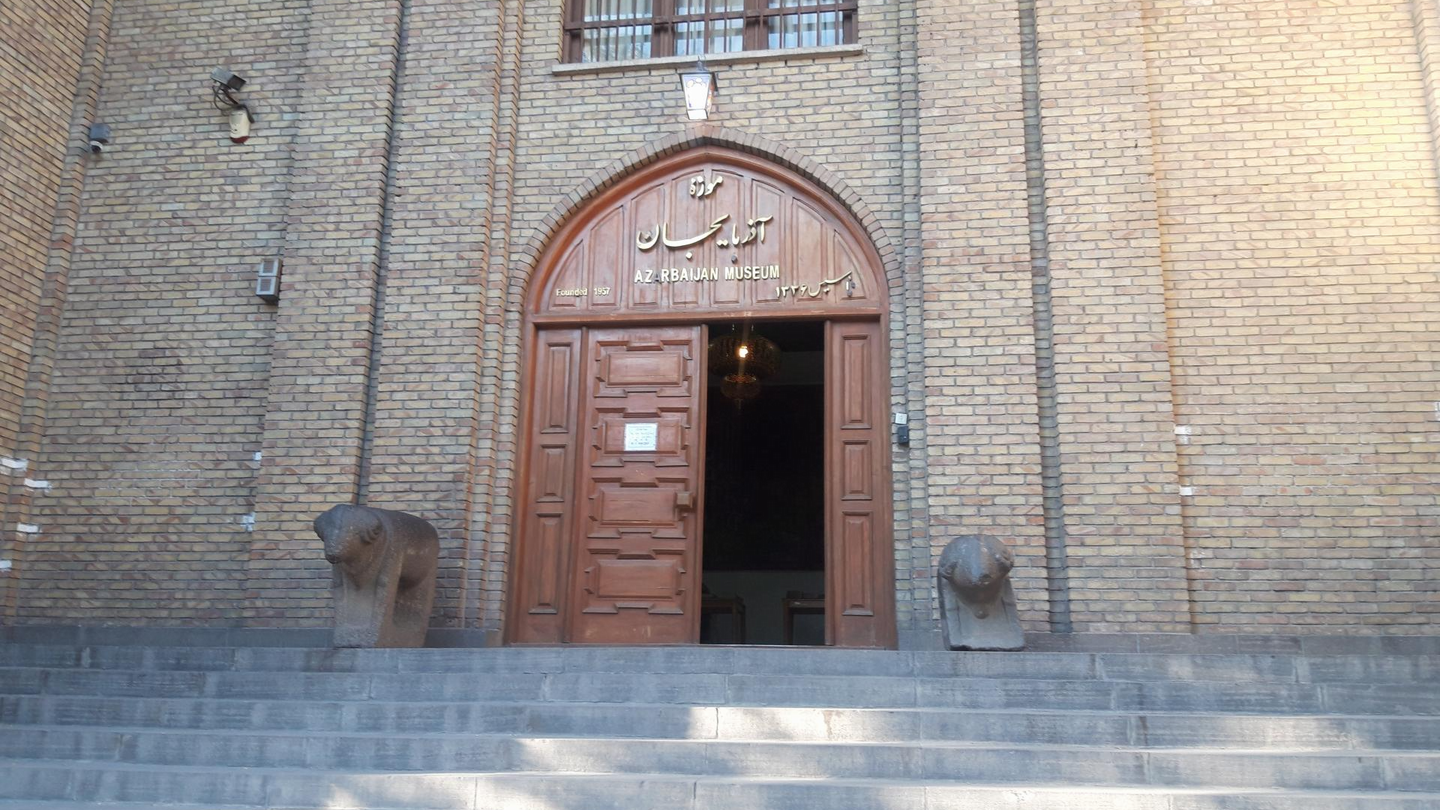
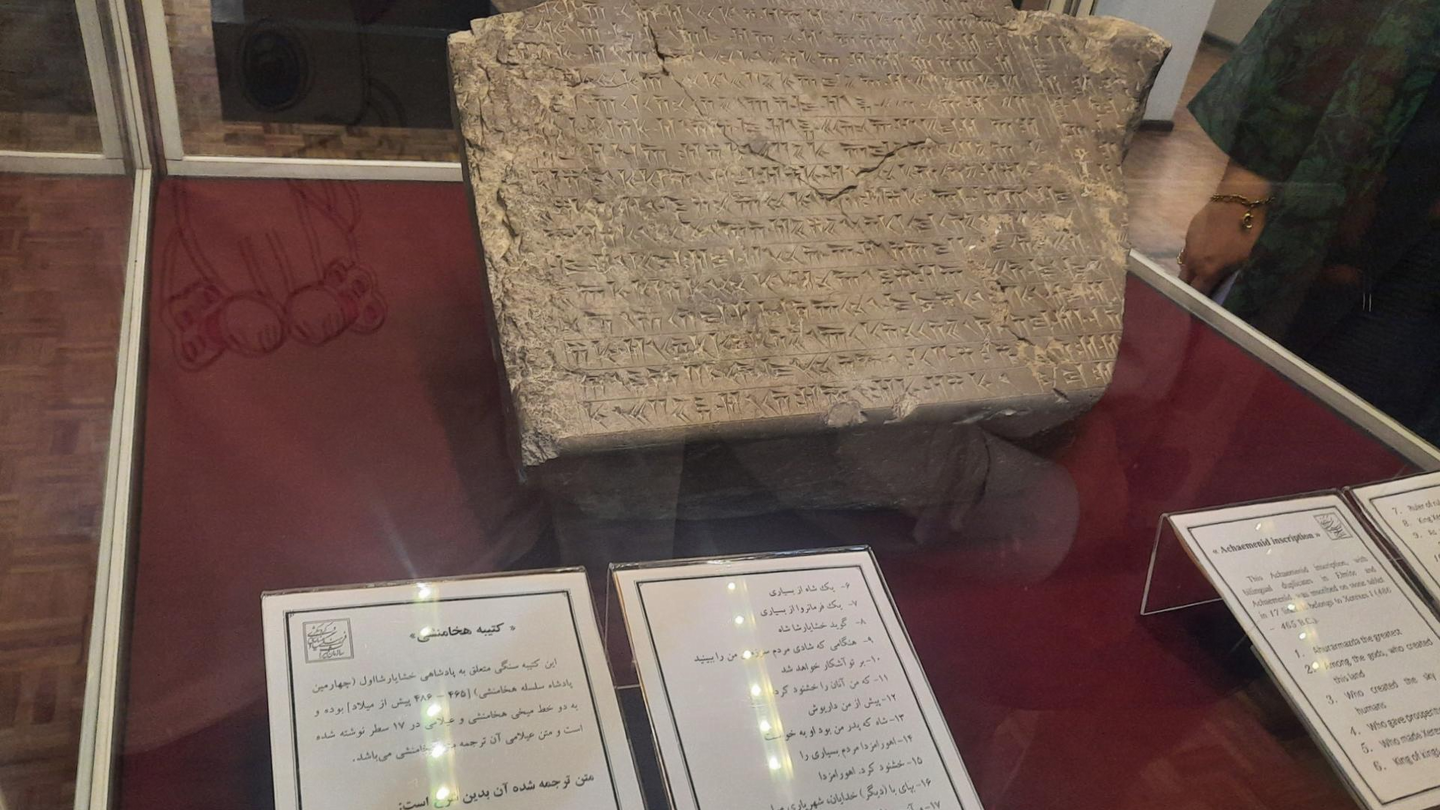
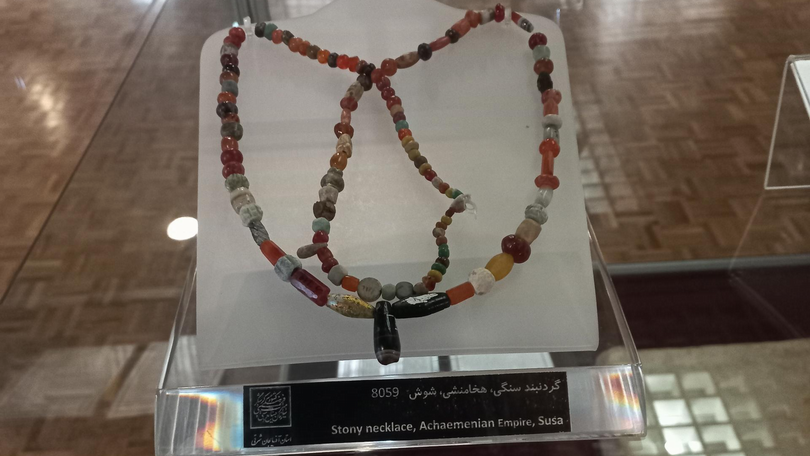
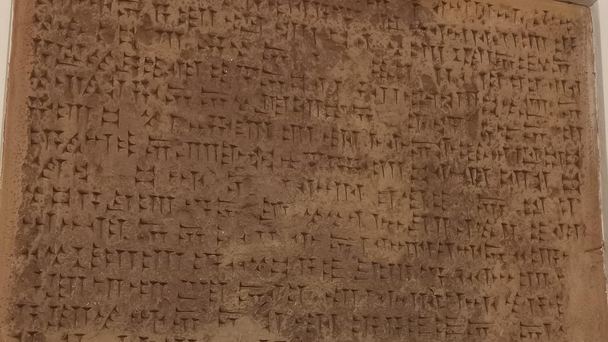
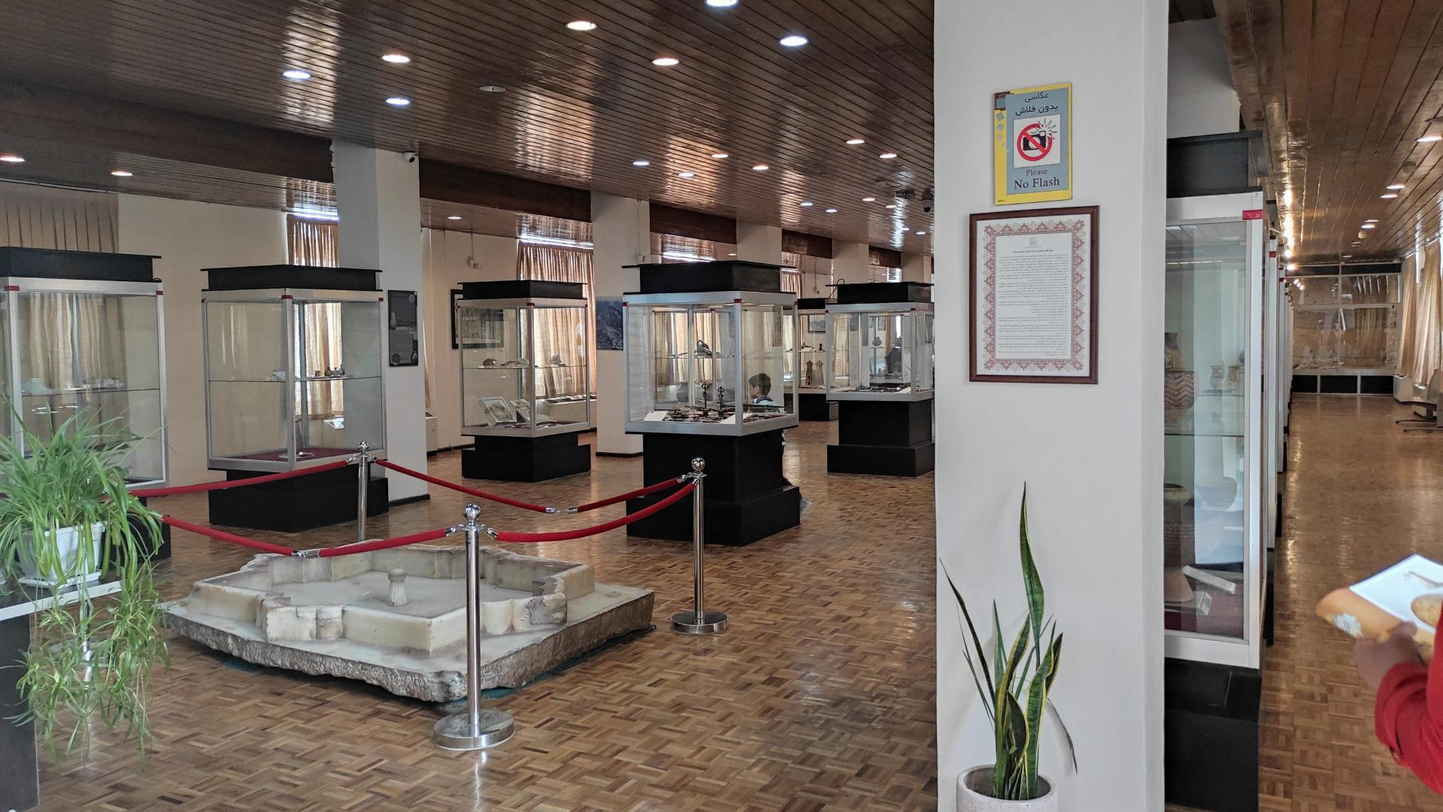
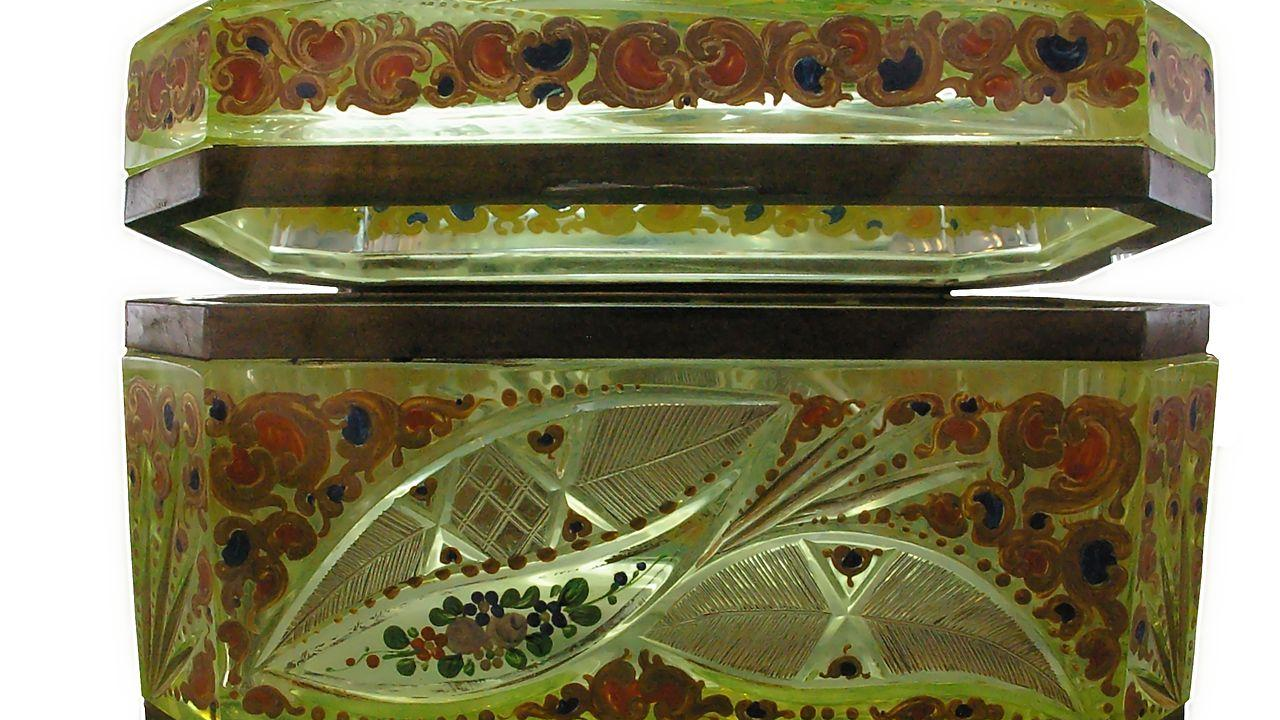
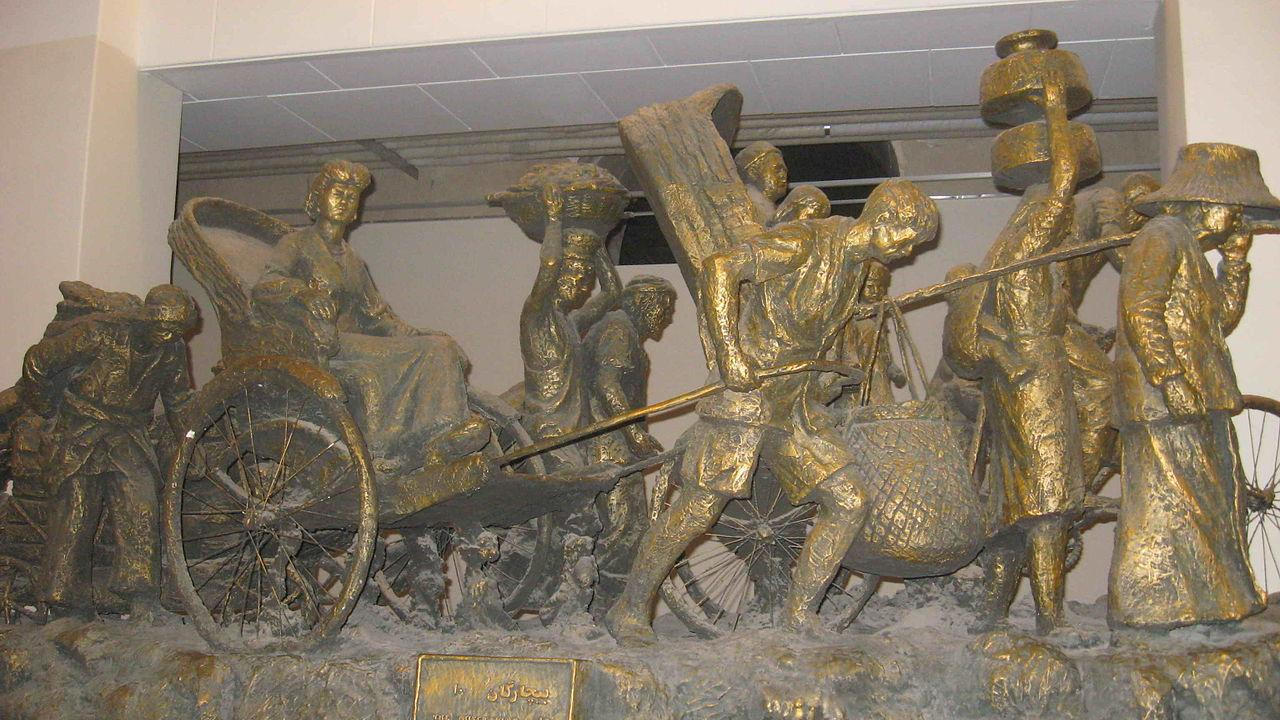
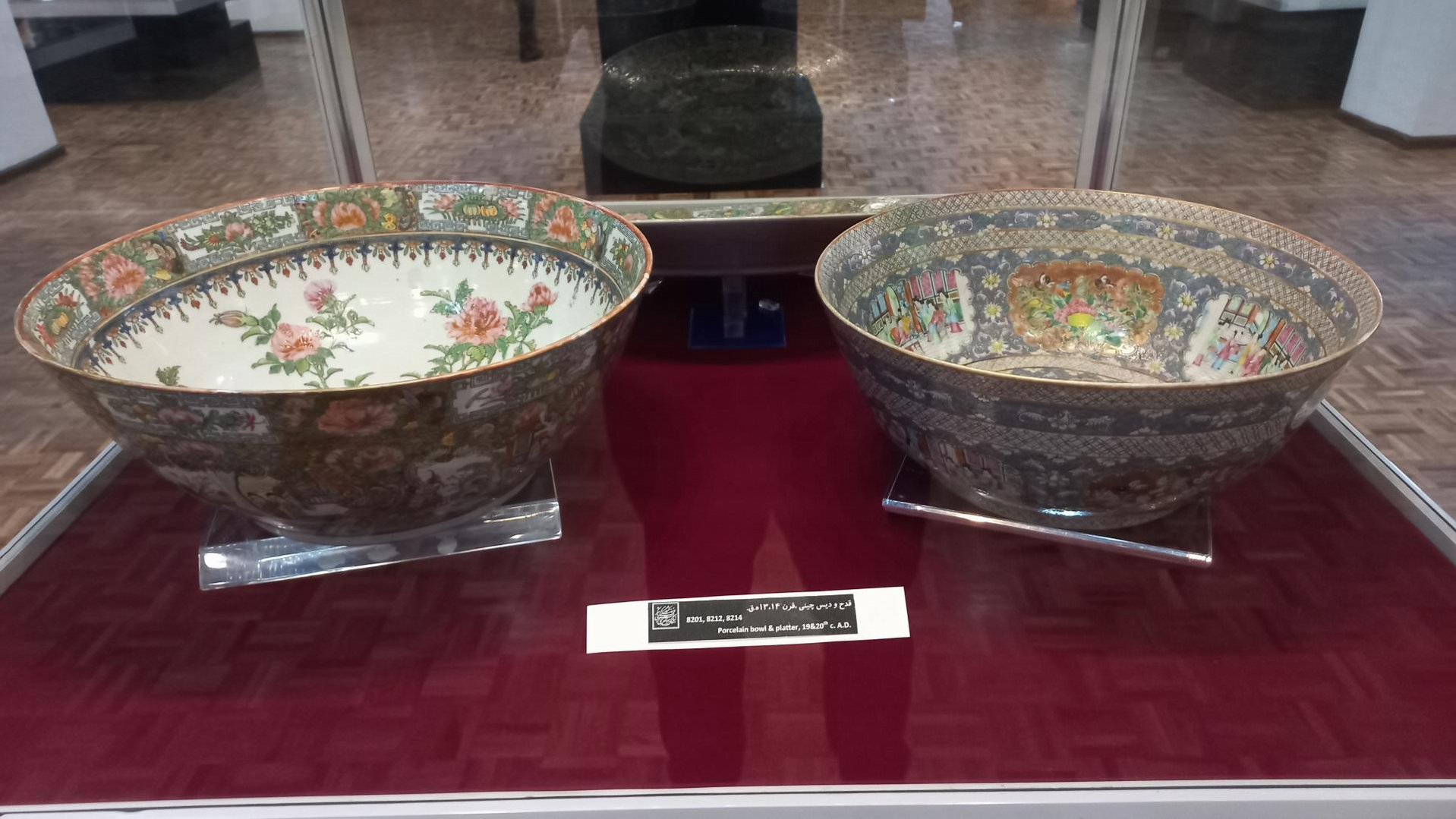
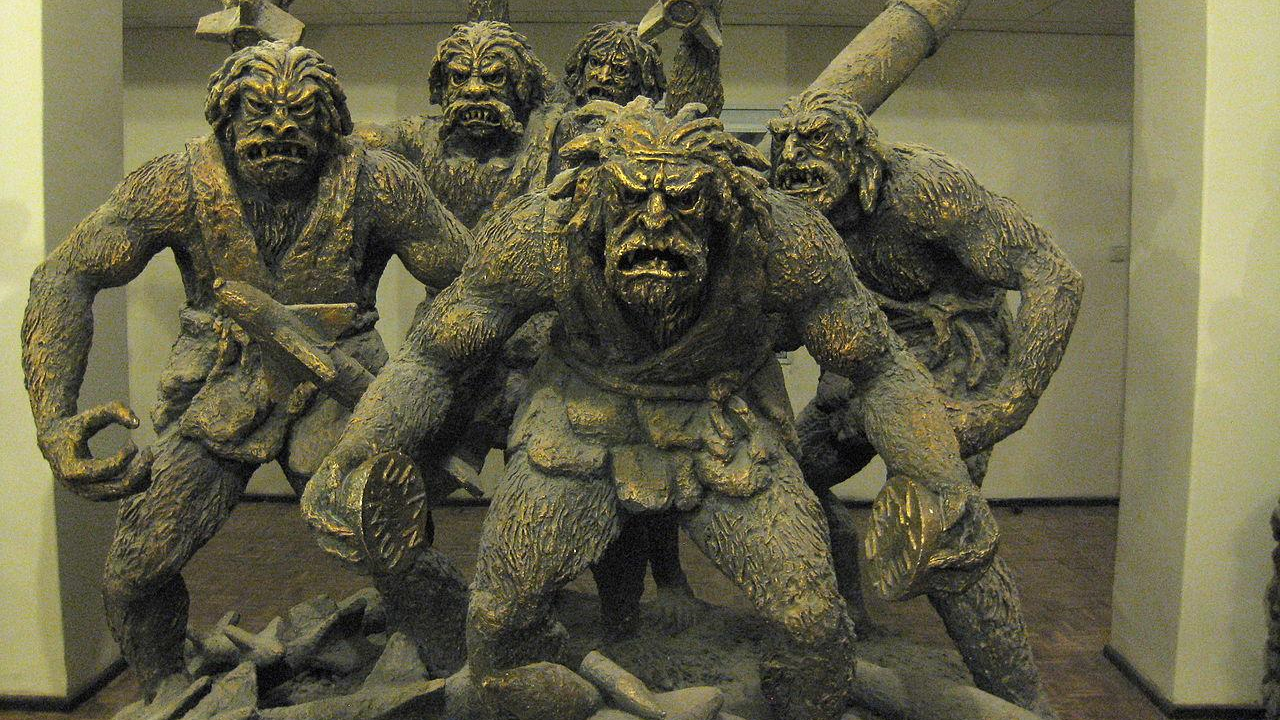
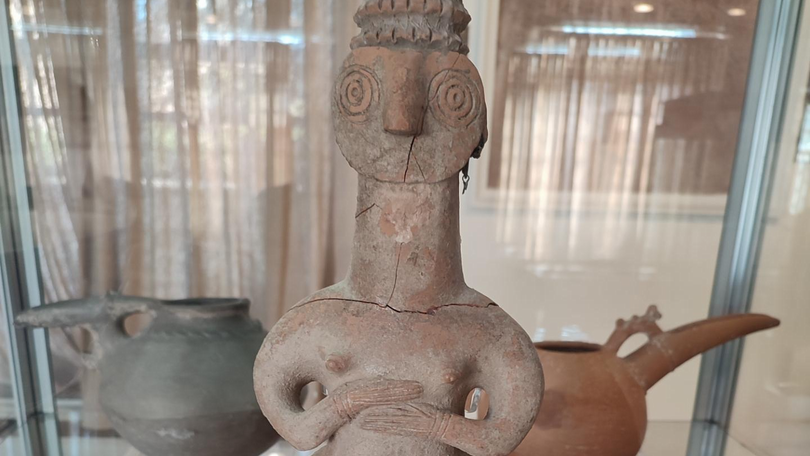
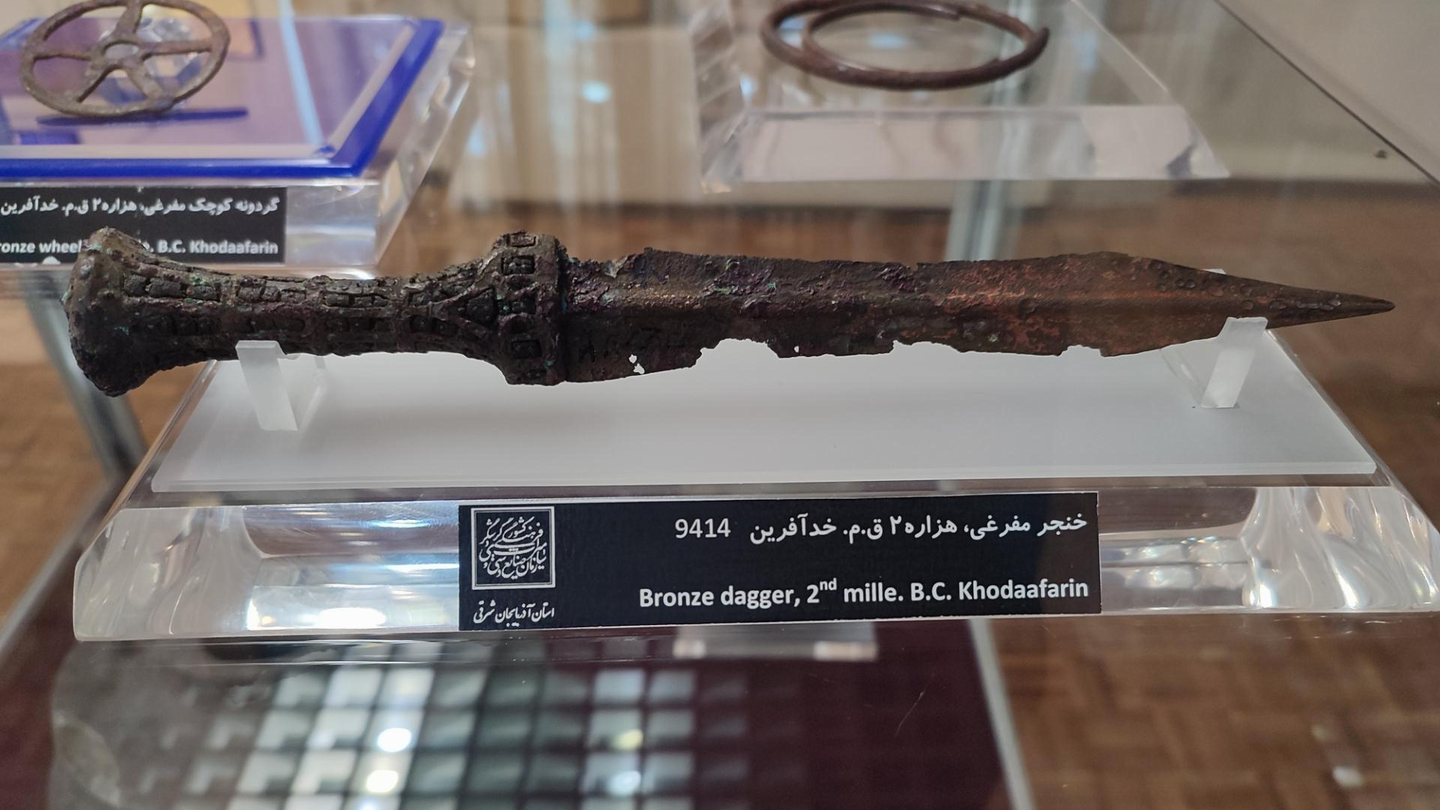














Azarbaijan Museum of Nomads, Getting to Know One of the Most Influential Parts of Iranian Society
Many tourists plan their trips around visiting major cities, often overlooking the pristine and authentic attractions tucked away in smaller towns along the way.
One of the most popular routes for travellers in northwestern Iran stretches from Tabriz to Sarein, Ardabil, and Astara. However, most visitors focus only on the starting and ending points of this journey, passing by cities such as Sarab without realising what they’re missing. This scenic region is home to stunning landscapes and remarkable historical landmarks — among them, the Azarbaijan Museum of Nomads, a fascinating space dedicated to preserving and showcasing the lifestyle and heritage of Iranian nomads.
The Importance of Nomads in the History of Iran
Nomads have played a vital role in shaping the political and social fabric of Iran. Many of the country’s ruling dynasties — including the Ghaznavids, Seljuqs, Khwarazmians, Ilkhanate, Qara Qoyunlu, Aq Qoyunlu, Afsharid, Zand, and Qajar — originated from nomadic tribes.
In recent decades, the trend toward urbanisation and the hardships of traditional nomadic life have caused this ancient way of living to fade gradually. The establishment of the Azarbaijan Museum of Nomads aims to preserve and celebrate this invaluable cultural heritage for future generations.
Nomads of Azarbaijan
The nomads of East Azarbaijan migrate twice a year — once in spring and once in autumn. Around mid-May, as the weather warms, they move toward their summer pastures in the highlands around Kalibar, Ahar, Heris, Sarab, Miyaneh, Maragheh, Charuymaq, and the Sahand, Sabalan, and Bozgush mountains.
As of 2022, nomads made up roughly two per cent of East Azarbaijan’s population but contributed nearly 20 per cent of the province’s light livestock production.
These nomadic communities belong mainly to the Arasbaran and Shahsavan tribes, comprising around ten different clans. They traditionally migrate between the provinces of East Azarbaijan, Ardabil, Zanjan, and West Azarbaijan, living in harmony with nature amidst the pristine mountain and plain landscapes that define their home.
Features and Architecture of Azarbaijan Museum of Nomads
The Azarbaijan Museum of Nomads is the first museum in Iran devoted to the life and culture of nomadic people. The museum is housed in a beautifully restored historic building known as the Jalal Bathhouse, which dates back to the late Qajar period (early 20th century). Covering an area of about 650 square meters, this bathhouse once served as a public bath for the people of Sarab. It featured separate sections for men and women, following the traditional design of Iranian bathhouses.
After its transfer from private ownership to the Sarab Municipality in 1993, the building underwent extensive restoration and was transformed into the museum it is today.
This anthropological museum offers a vivid depiction of nomadic life, showcasing their customs, language, livelihoods, housing, food, clothing, and handicrafts. Life-sized wax figures, dressed in authentic nomadic attire, stand beside traditional tents, illustrating scenes from everyday life. Many of the artifacts on display were collected from the East Azarbaijan and Ardabil provinces.
The museum also includes a specialised library featuring books on Iranian nomads and their culture. Visitors can explore diverse sections such as pastures and shepherding, dairy and wool processing, nomadic handicrafts, traditional music, clothing and ornaments, housing, a local bakery, a traditional coffeehouse, and exhibitions of handwoven carpets and rugs.
Where is the Azarbaijan Museum of Nomads Located?
The Azarbaijan Museum of Nomads is located in the city of Sarab, approximately 130 kilometres from Tabriz, right next to the Sarab Municipality building. For travellers seeking an authentic cultural experience and a glimpse into Iran’s living traditions, this museum is a must-see stop along the Tabriz–Ardabil–Astara route.
| Name | Azarbaijan Museum of Nomads, Getting to Know One of the Most Influential Parts of Iranian Society |
| Country | Iran |
| State | East Azerbaijan |
| City | Sarab |
| Type | Social |
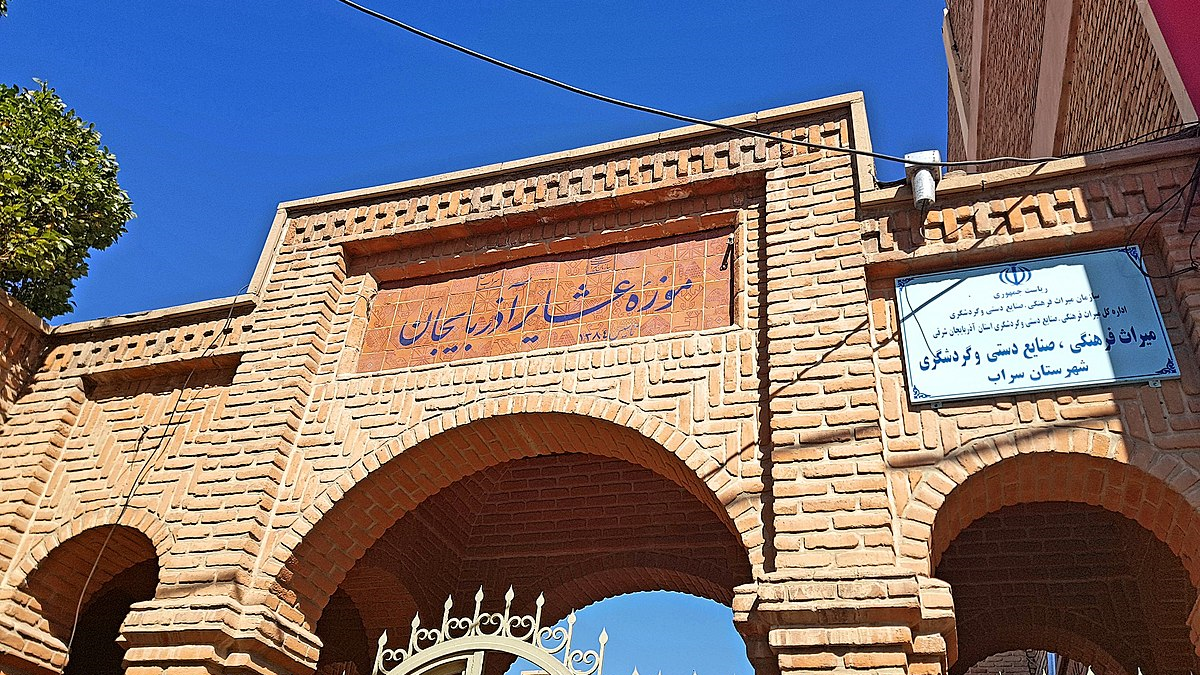
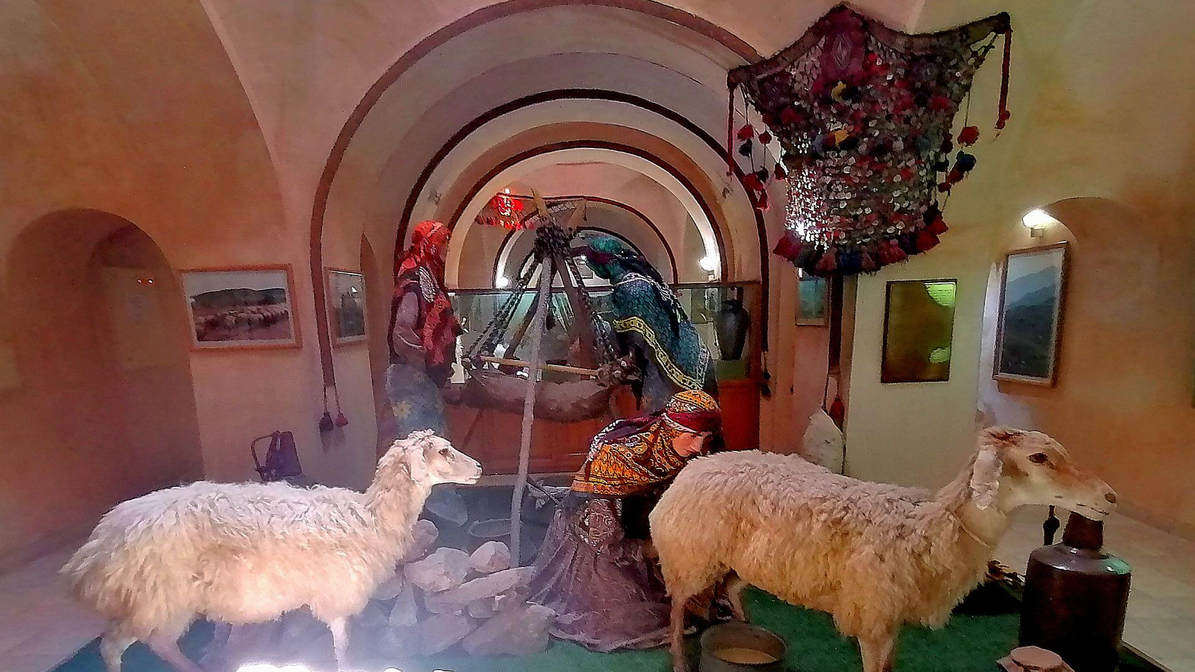
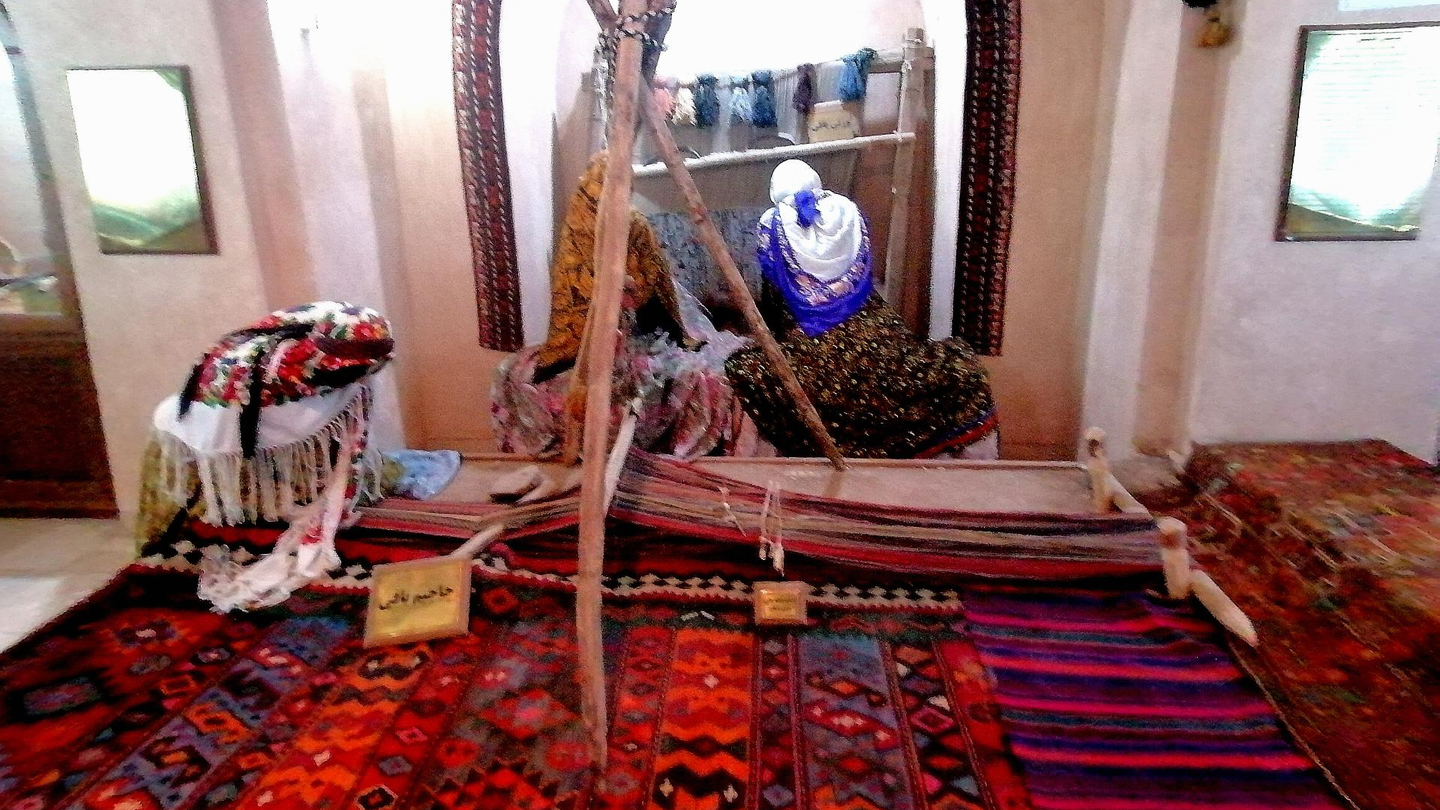
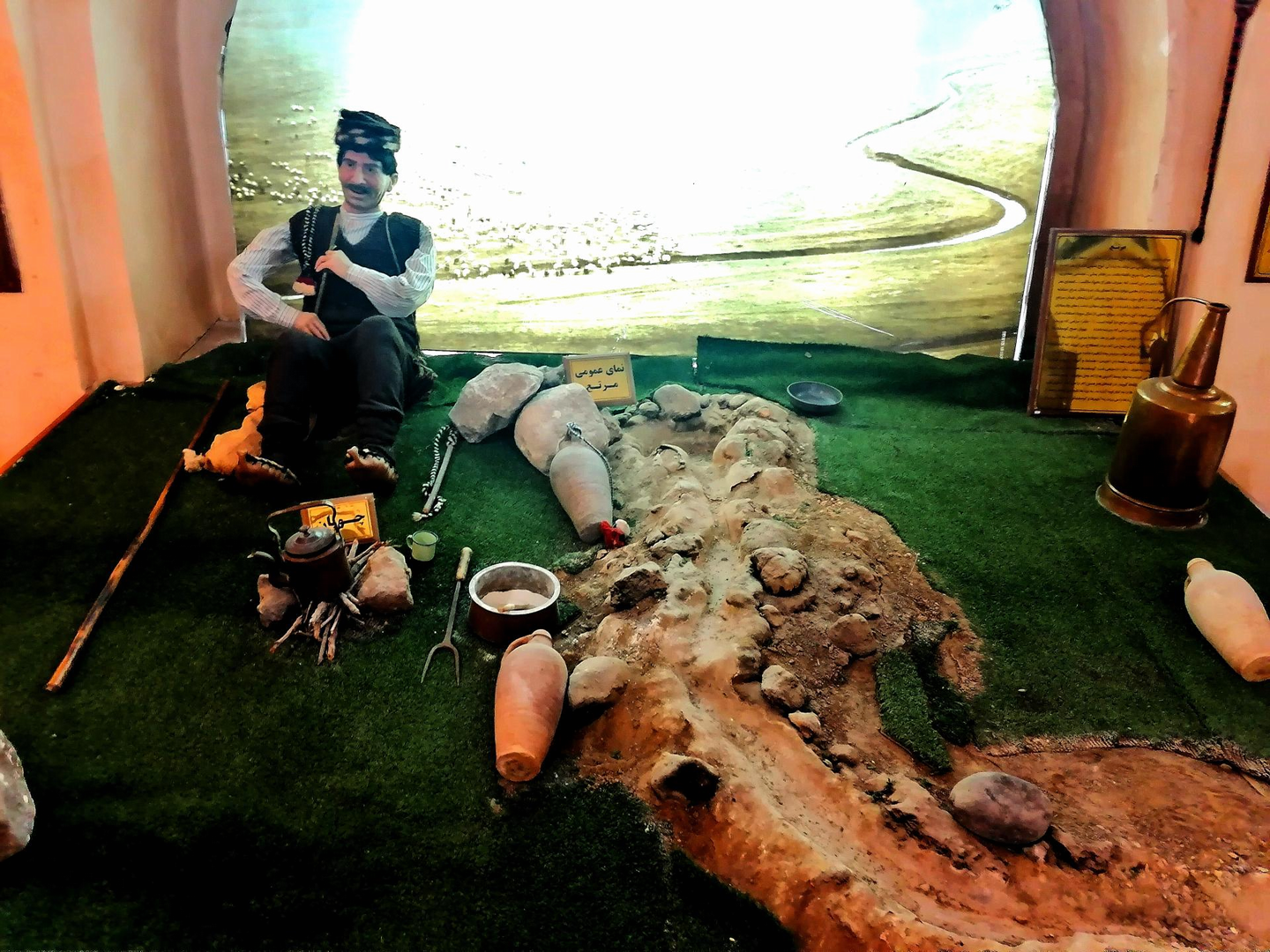
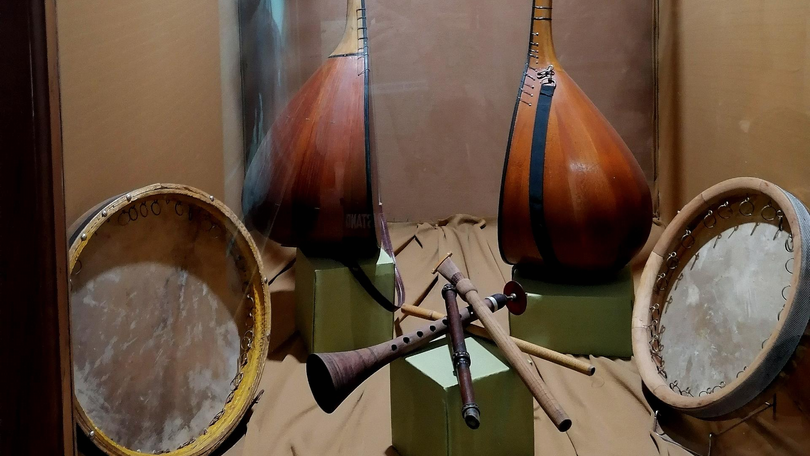
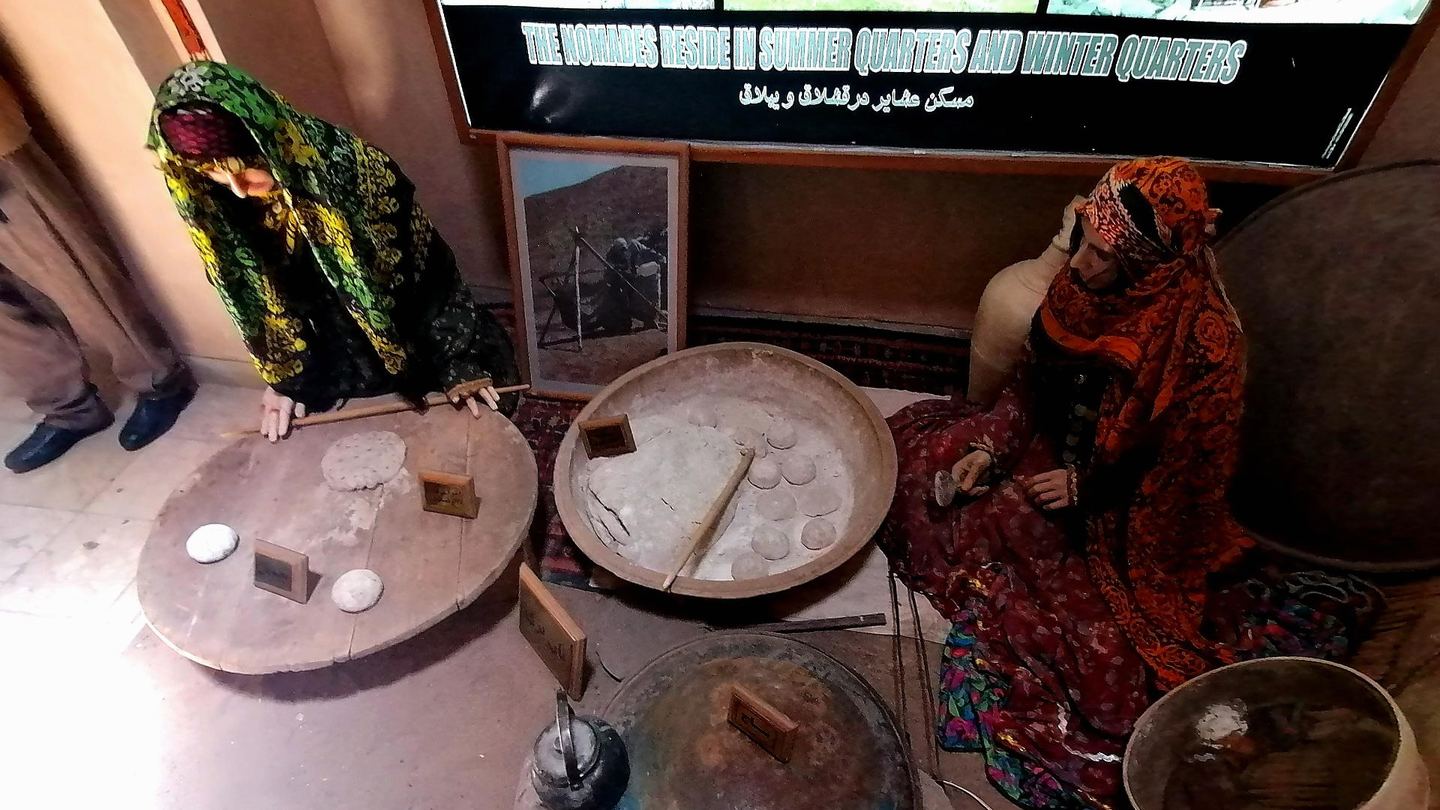






Choose blindless
Red blindless Green blindless Blue blindless Red hard to see Green hard to see Blue hard to see Monochrome Special MonochromeFont size change:
Change word spacing:
Change line height:
Change mouse type:

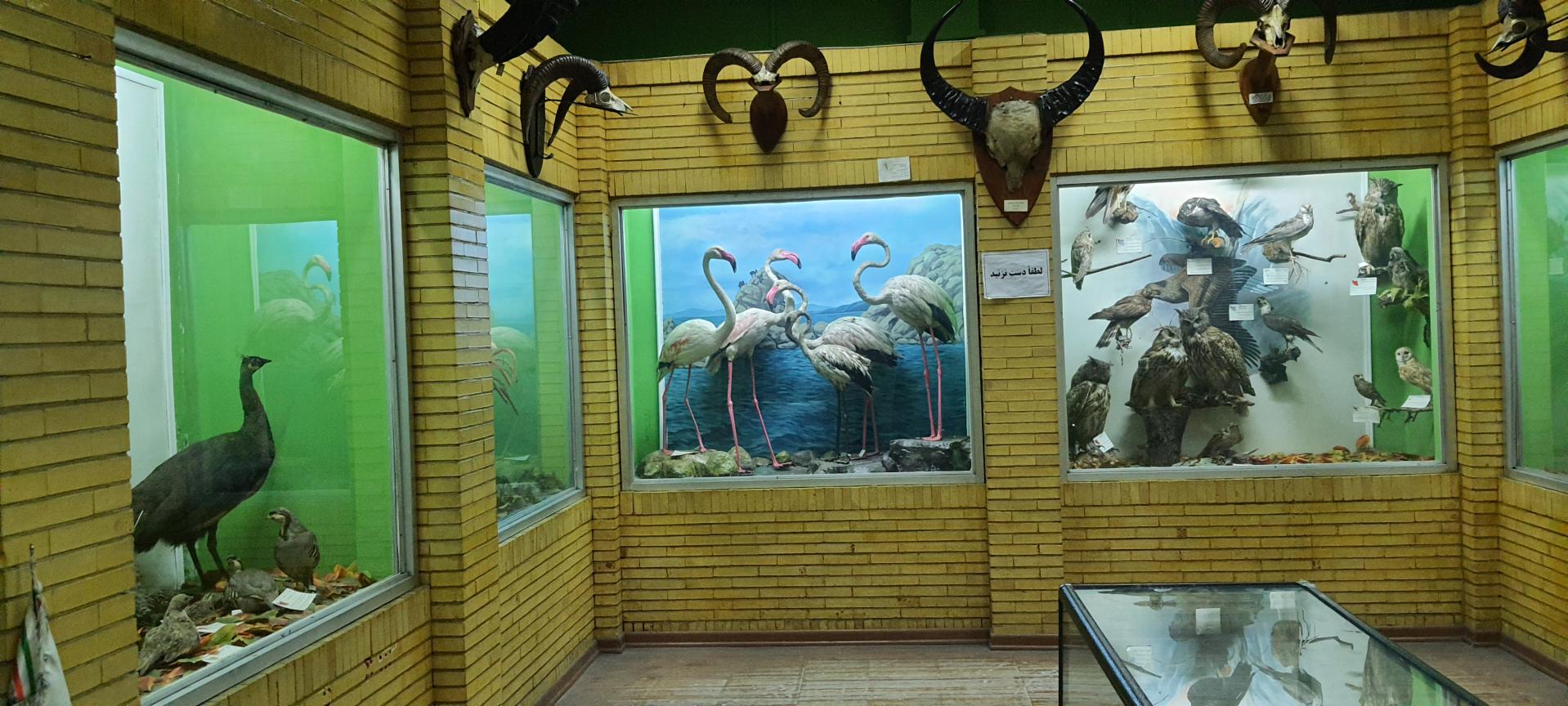

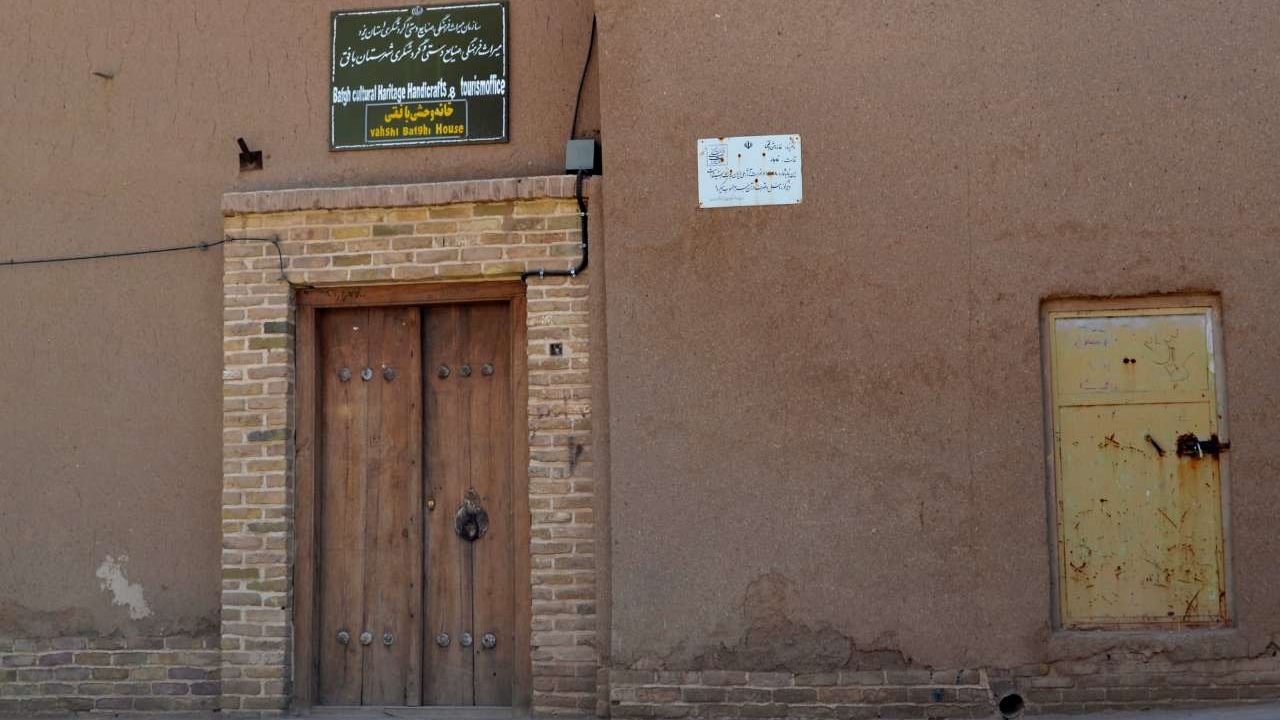



 ابرکوه_crop_3.jpg)
